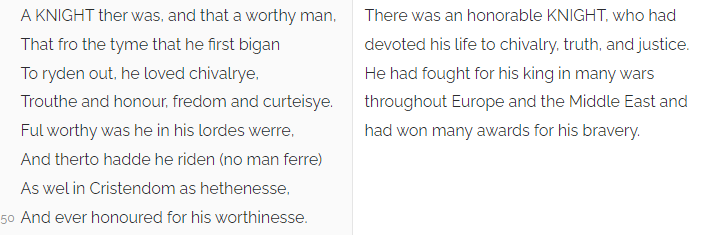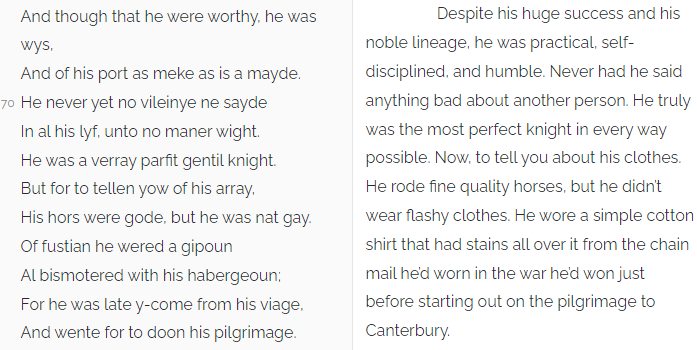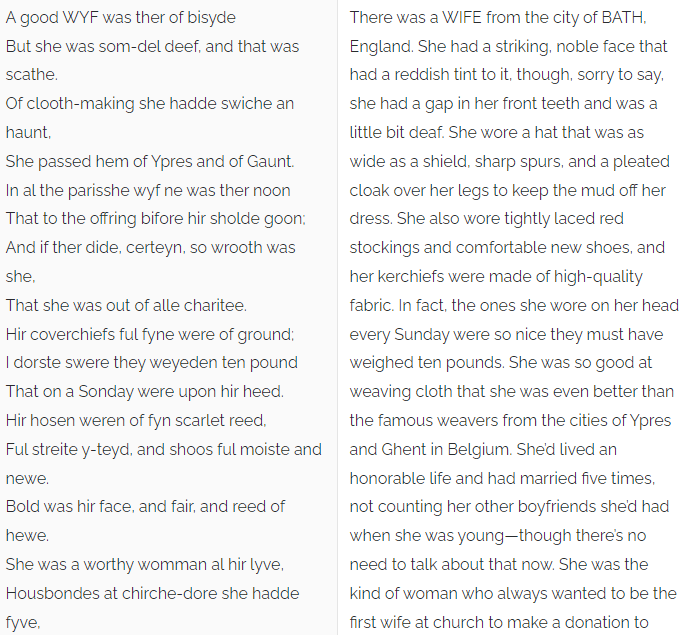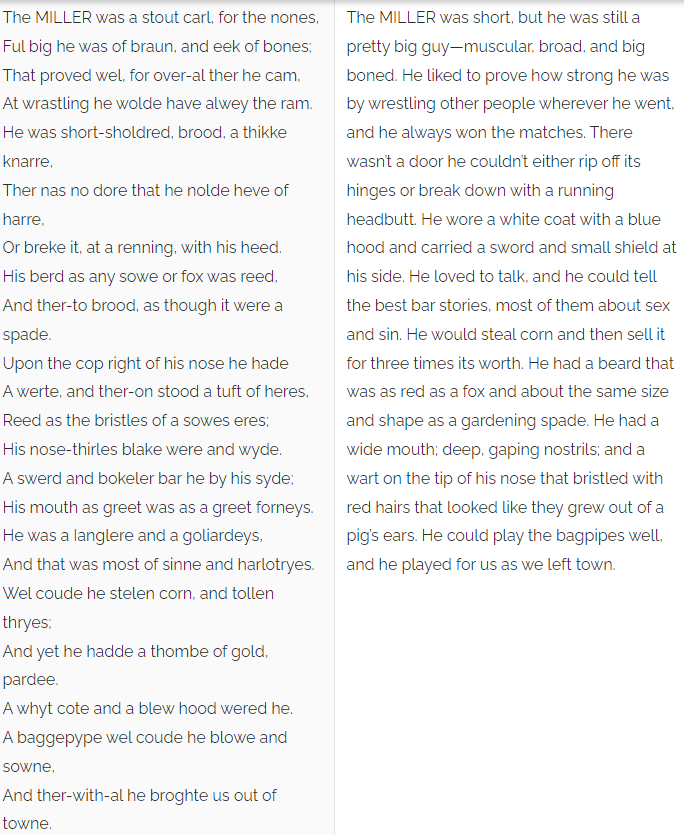Het arrangement 4V Middle Ages (Literary History) is gemaakt met Wikiwijs van Kennisnet. Wikiwijs is hét onderwijsplatform waar je leermiddelen zoekt, maakt en deelt.
- Auteur
- Laatst gewijzigd
- 21-01-2024 15:54:37
- Licentie
-
Dit lesmateriaal is gepubliceerd onder de Creative Commons Naamsvermelding 4.0 Internationale licentie. Dit houdt in dat je onder de voorwaarde van naamsvermelding vrij bent om:
- het werk te delen - te kopiëren, te verspreiden en door te geven via elk medium of bestandsformaat
- het werk te bewerken - te remixen, te veranderen en afgeleide werken te maken
- voor alle doeleinden, inclusief commerciële doeleinden.
Meer informatie over de CC Naamsvermelding 4.0 Internationale licentie.
Aanvullende informatie over dit lesmateriaal
Van dit lesmateriaal is de volgende aanvullende informatie beschikbaar:
- Toelichting
- An introduction to English literary history: the Middle Ages
- Eindgebruiker
- leerling/student
- Moeilijkheidsgraad
- gemiddeld
- Studiebelasting
- 4 uur 0 minuten
Bronnen
| Bron | Type |
|---|---|
|
Week 1 Video recording: Introduction to medieval England and the Anglo-Saxons https://youtu.be/H0kyZzDf9UA |
Link |
|
Week 2 Video recording: Beowulf https://youtu.be/xCKWI4jbNOo |
Link |
|
Week 3 Video recording: Viking Age and Norman Conquest https://youtu.be/LbbupkU7cmI |
Link |

 Egodact where you can keep track of what you are doing over the years.
Egodact where you can keep track of what you are doing over the years.











